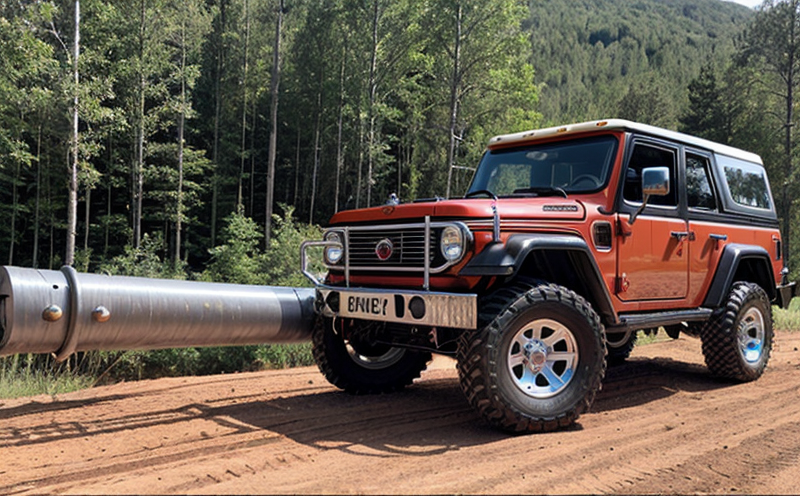Winch inspection
The inspection of winches is a critical process within lifting equipment and crane operations. Winches are essential components that provide the mechanical power to lift, lower, or move loads in various industrial settings such as construction sites, docks, warehouses, and manufacturing plants.
Compliance with international standards like ISO 4306 for winch design and manufacture ensures reliable performance, safety, and longevity. Proper inspection of winches helps prevent accidents that can result in serious injuries or fatalities. The scope of a winch inspection includes checking the drum, sheaves, brake systems, wire rope, and electrical components.
During an inspection, engineers assess the wear on critical parts such as the wire rope, which is subject to constant stress during operations. They also check for any signs of corrosion or damage that could compromise structural integrity. The winch's braking system is another focal point due to its crucial role in ensuring safe operation and preventing runaway loads.
Wire ropes are inspected using visual checks and non-destructive testing techniques like ultrasonic testing (UT) and magnetic particle inspection (MPI). These methods help detect internal and external defects that might not be visible during a simple visual examination. Electrical components, including motors and control systems, undergo thorough testing to ensure they function within acceptable parameters.
The frequency of inspections depends on the type of winch, its application, and local regulations. Regular maintenance and inspection programs can extend the life of a winch and reduce the likelihood of failures during critical operations. For instance, cranes used in offshore oil platforms or heavy construction projects require more frequent inspections than those used in less demanding environments.
Understanding the specific requirements of your industry is essential for ensuring that winches meet all necessary standards and regulations. Whether you operate a small-scale industrial facility or work on large-scale projects, our team at Eurolab ensures that each inspection adheres to best practices and international guidelines.
International Acceptance and Recognition
The international recognition of our winch inspections is a testament to the quality and reliability of our services. Compliance with global standards such as ISO 4306, EN 15987 for lifting equipment safety, and OSHA regulations adds credibility to each inspection report.
Our certifications are widely accepted across various sectors including construction, maritime, oil & gas, and manufacturing. This global acceptance ensures that winches inspected by Eurolab meet the highest industry standards, enhancing operational safety and efficiency for clients worldwide.
Competitive Advantage and Market Impact
- Prompt Turnaround: Shorter wait times for inspection reports allow quicker decision-making on maintenance schedules or replacement needs.
- Cost Efficiency: By identifying potential issues early, we help prevent costly repairs and downtime associated with unexpected failures.
- Innovative Techniques: Utilizing cutting-edge technologies like laser scanning for precise measurements enhances the accuracy of our inspections.
- Eco-Friendly Solutions: Our efficient processes minimize waste and energy consumption, contributing to sustainable practices in your operations.
Eurolab Advantages
- Comprehensive Expertise: Our team consists of certified professionals with extensive experience in winch inspection, ensuring accurate evaluations and reliable results.
- State-of-the-Art Equipment: Equipped with advanced testing instruments that provide precise measurements and detailed analysis.
- Industry Partnerships: Collaborations with leading manufacturers and regulatory bodies ensure our methods remain current and compliant.
- Customized Solutions: Tailored inspection plans based on the unique needs of your facility or project.





